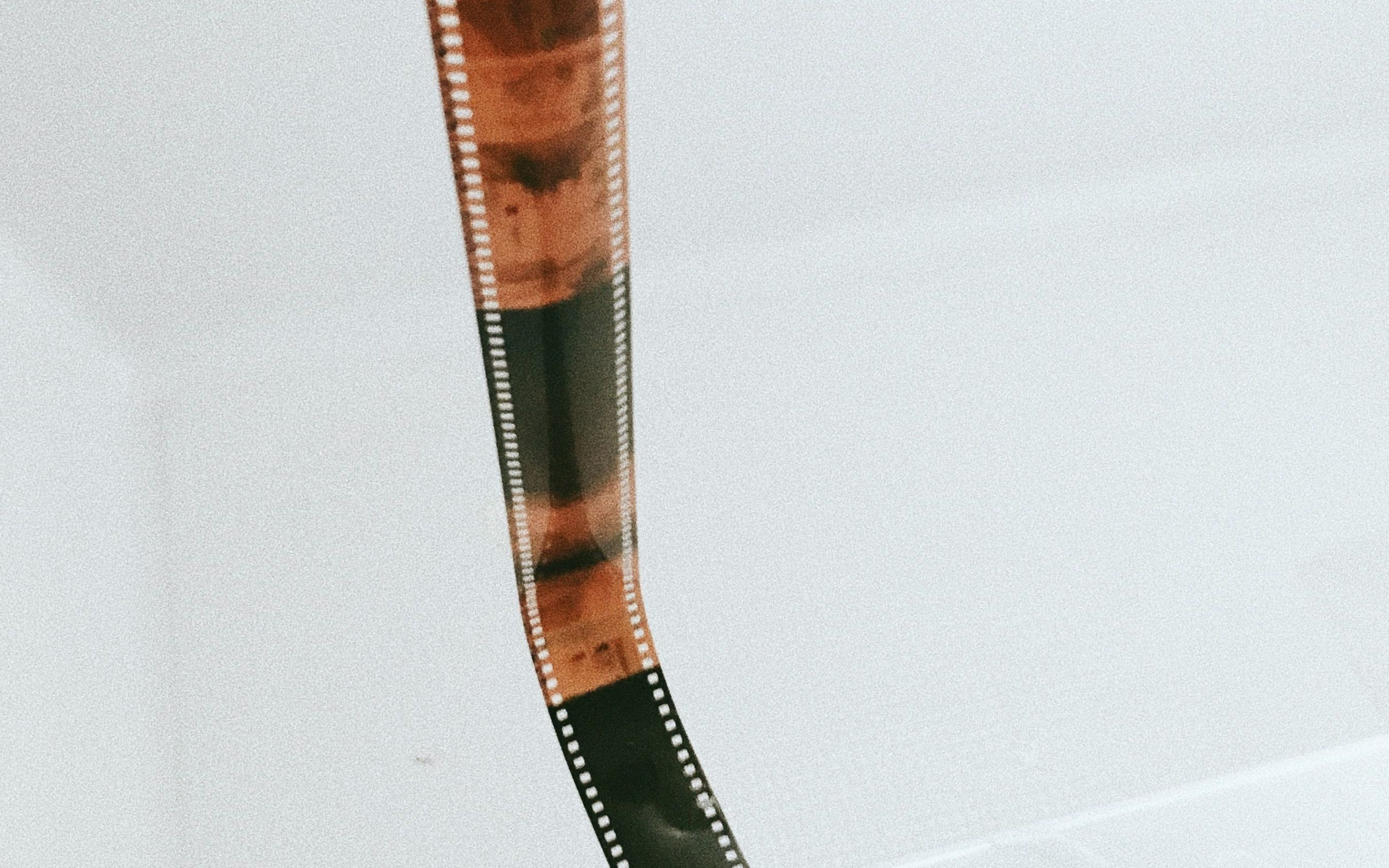We are all familiar with digital cameras. Usually, the pictures we click are stored on an SD card but before that in 1885, film cameras were first introduced. These cameras store pictures in a paper film. Let’s know What Is Film Development?

To restore these pictures, we need to process these films through chemical treatment. These films are then scanned, it usually happens by the deduction of silver-halide in Black and White films. The pictures then become transparent after being exposed to light.
What equipment do you need for film development?
Light-tight container
Quart bottles
Scissors
Thermometer
Bottle opener
Photograph Beaker
Rapid fixer
Bags
How to do film development?
Step 1– Mixing the chemicals
Step 2– Load materials in a bag
Step 3– Remove reels
Step 4– Deduct film leader
Step 5– load the reels
Step 6– Wash the film
Step 7– Pour developer into a tank
Step 8– Add stop bath
Step 9– Add fixer
Step 10– Rinse and dry the film
Mixing the chemicals
Fill a bottle with 75% of water, add concentrated chemical powder then pour the remaining water. Mix all of them. To store the mixture in the future, use a dark long neck opaque bottle. Leave it at room temperature to ensure the chemicals suit together.
Load materials in a bag
Leave the film in a mini bag which prevents light from entering the reel. Load the materials like the church-key, film tank, scissors, and film canister. Put your arms through the changing bag and close it.
Remove reels
Open the film canister using the church-key.
Deduct film leader
Cut the film leader, and deduct the corners of the film to glide through the reel.
Load the reel
Roll the reel around the load without ruining its nature. Once loading is done cut the end of the film. Afterward, place the reel in the bag and make sure that the light doesn’t enter the bag.
Pre-wash the film
This is one of the hardest parts of the process. Pre-wash your film by placing it in the delivery tank to avoid the formation of air bubbles. Fill the tank with water until it’s filled to the bream. Agitate the tank from side to side and turn the tank upside down then drain the developer but if it’s reusable you can store it again.
Pour developer into a tank
Check the guide to understand how many developers you need. The developer should be at a proper temperature. Pour the required amount of developer and turn the tank upside down for 10 seconds then return to the right side up and keep doing it until it is developed.
Add stop bath
After pouring nudge it for 30 seconds and let it stay for 30 seconds before draining it. This is done to prevent the effects on the developer.
Add fixer
After pouring nudge it for 30 seconds and keep turning it upside down. Pour the fixer into a bottle. The film will now be developed.
Rinse and dry
Open the tank and carefully pull off the reels. If there is any sign of excess water dry it using a special sponge. Select a clean environment and hang the negatives using a clip. It will take hours for the films to dry.
Who invented film photography?
George Eastman first discovered film photography later he also started to produce paper film. Then In 1889, they switched to celluloid. Kodak was his first camera that was put up for sale in 1888. Eastman expanded his production to various models of both cameras and folding cameras. Eventually, the film industry was also established by the end of the 19th century.
What are the types of film photography?
There are 3 main types of film photography print, color reversal, and black and white reversal film.
Print- These films are also called negatives these films are developed by the printing or enlarging them through a lens. They can also be printed by the direct contact of light. They are also available in black and white.
Color reversal- These are also known as slide films which are transparent after being developed and are visible under a projector. They are usually projected through plastic or cardboard. They are often used for mass Marketing printing or color separation.
Black and white reversal film- They take black and white stock and reverse the process to produce black and white slides.
What are some of the best film cameras?
Many film cameras retain quality. Some cameras such as Nikon F5, Olympus, Leica, and Mamiya C330.
Film cameras are still purchased by people who want to keep a piece of the old times with them. Even though film cameras are now replaced by digital cameras and cell phones, people still value film cameras for their aesthetic and beautiful features. They are quite popular.

